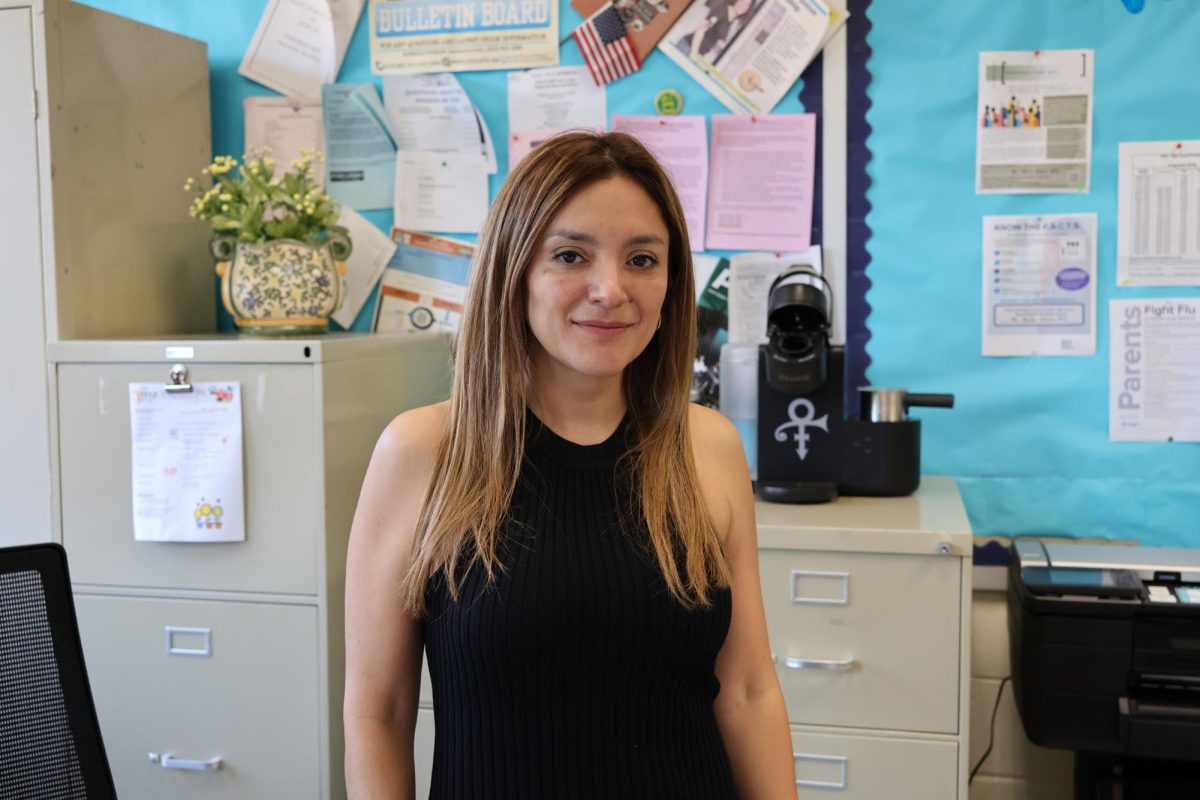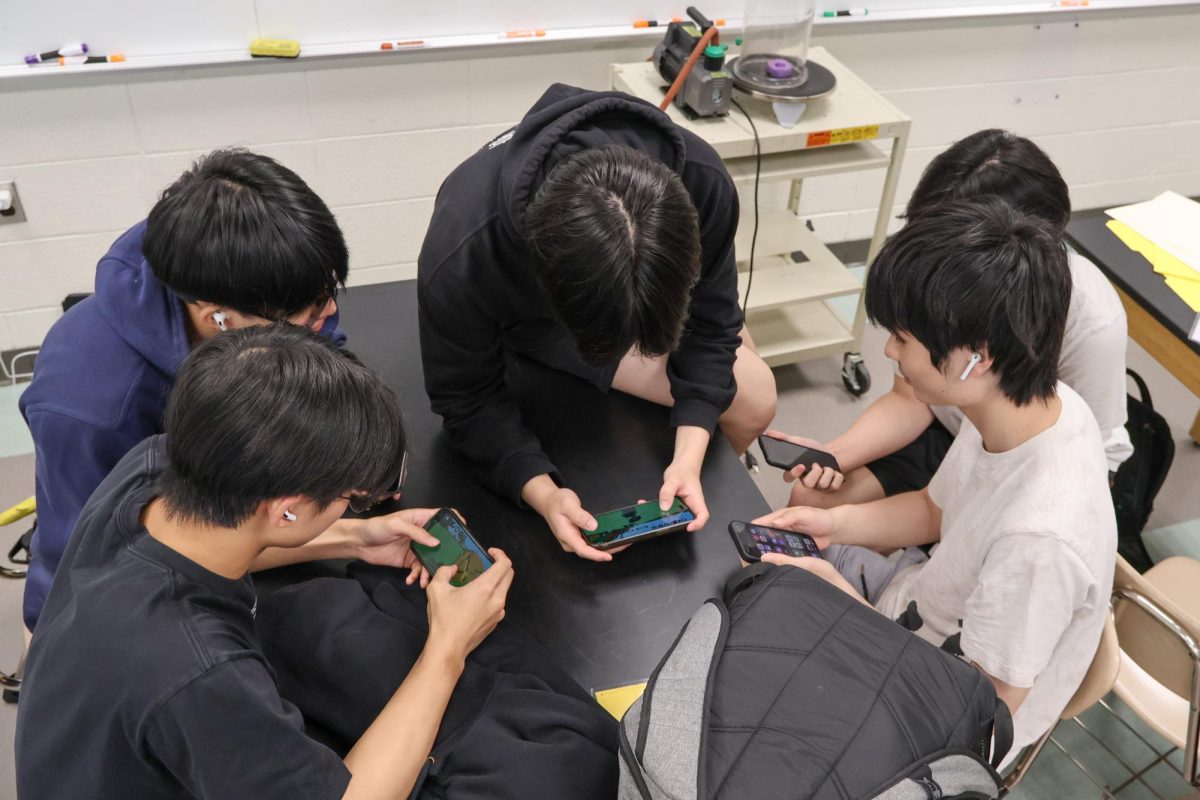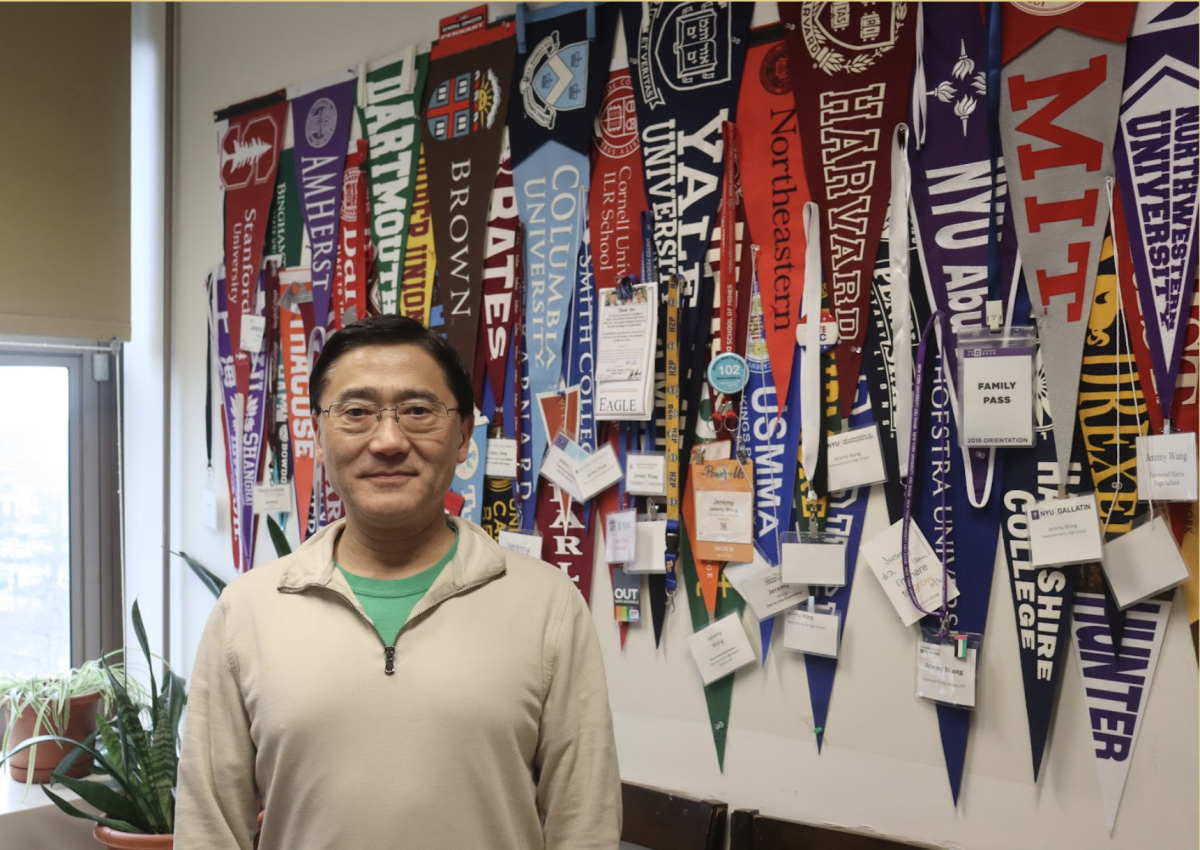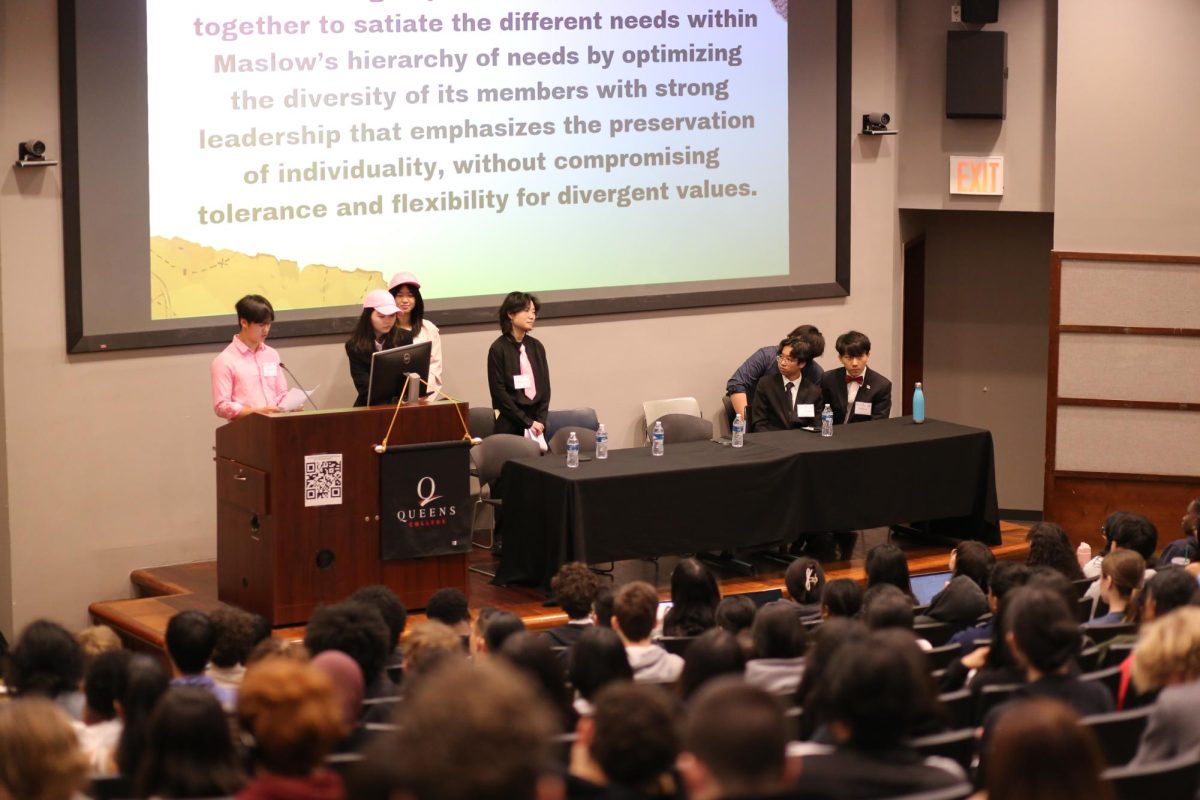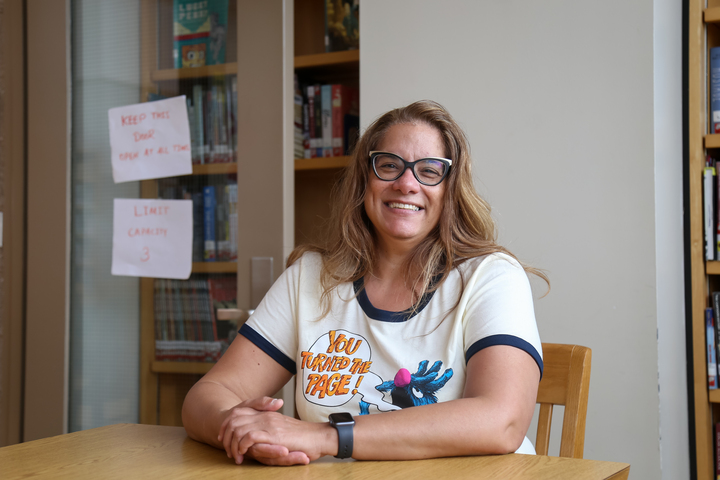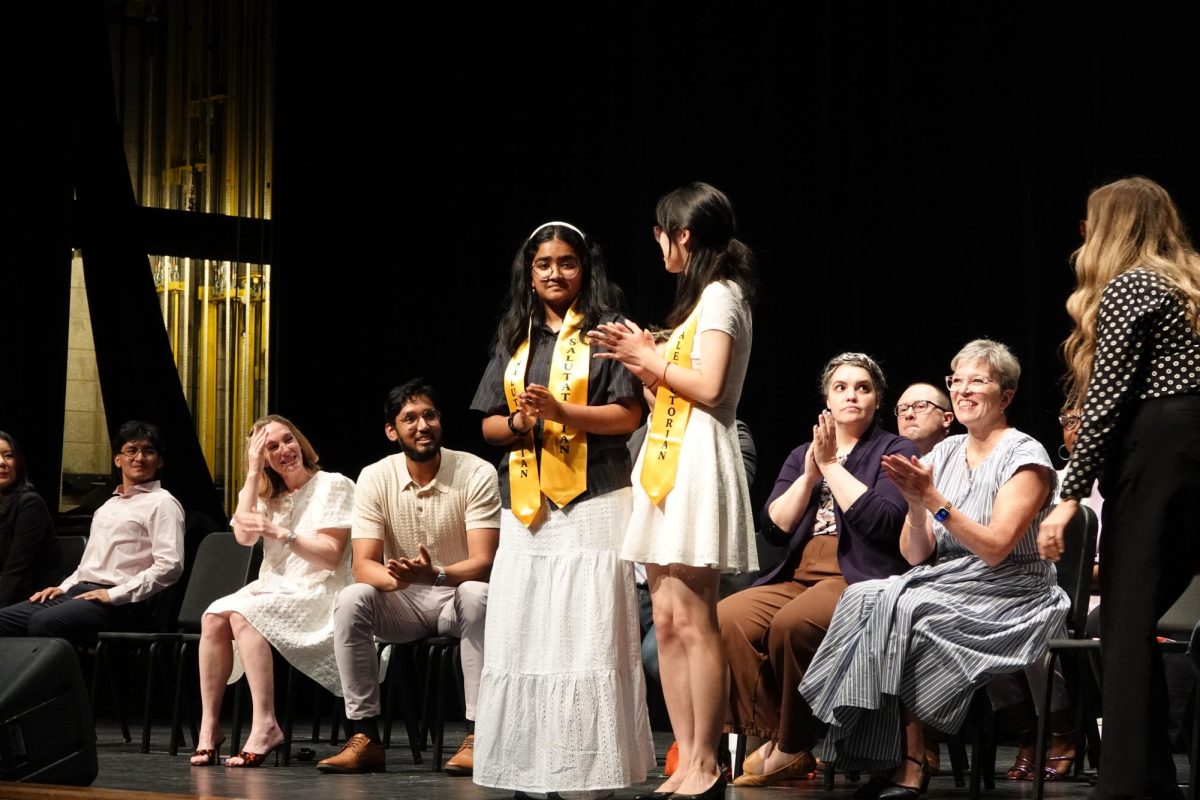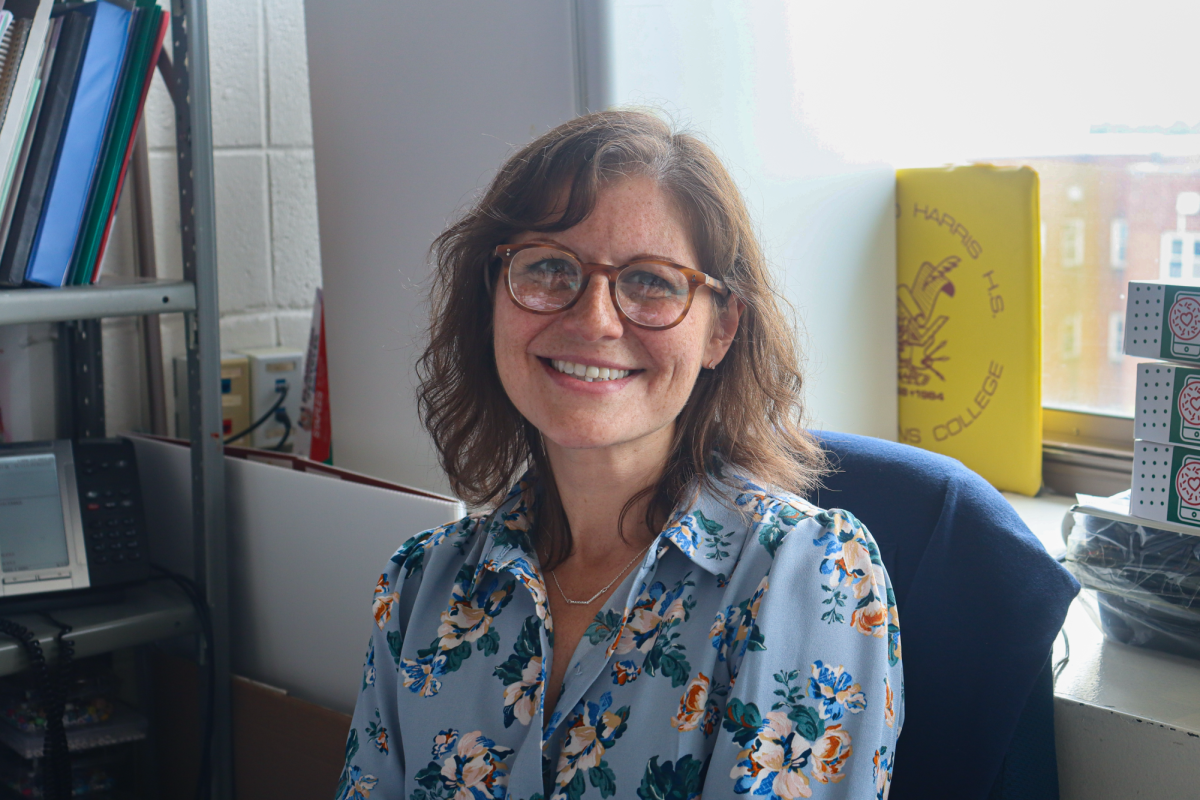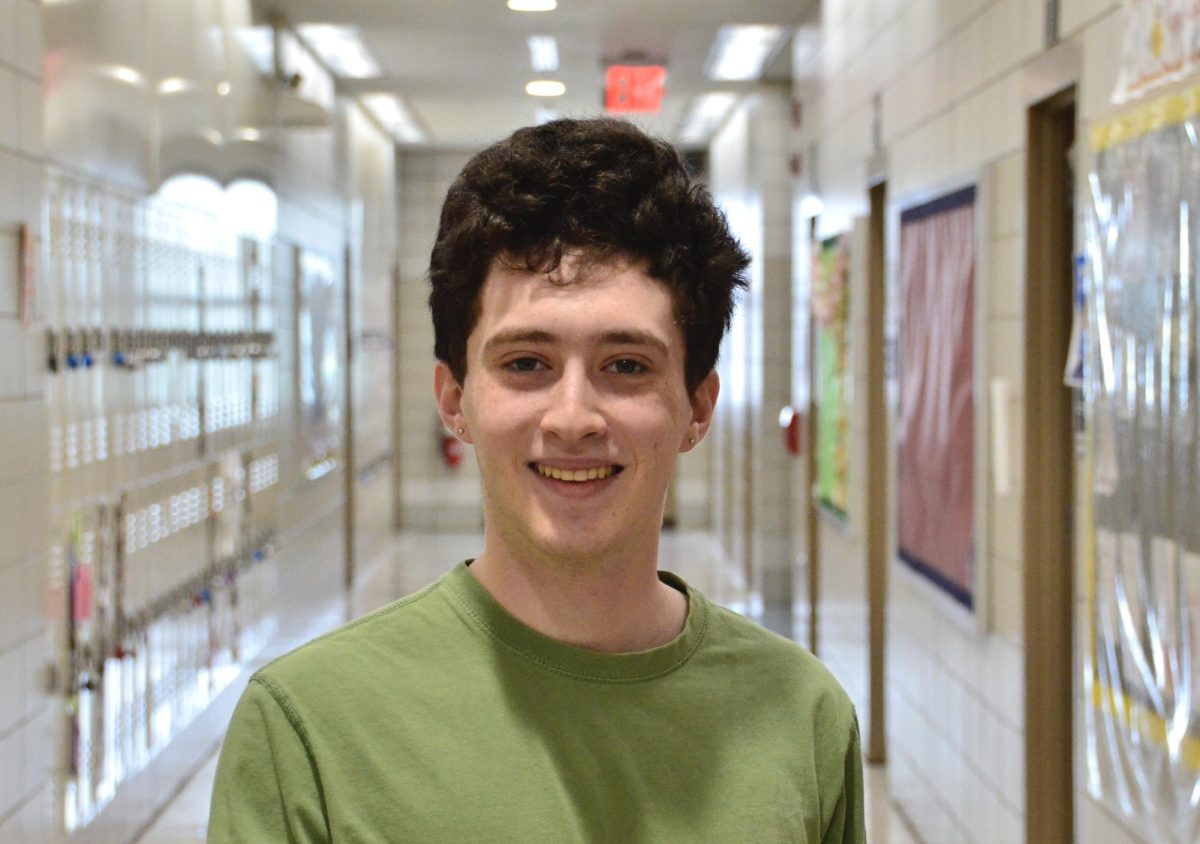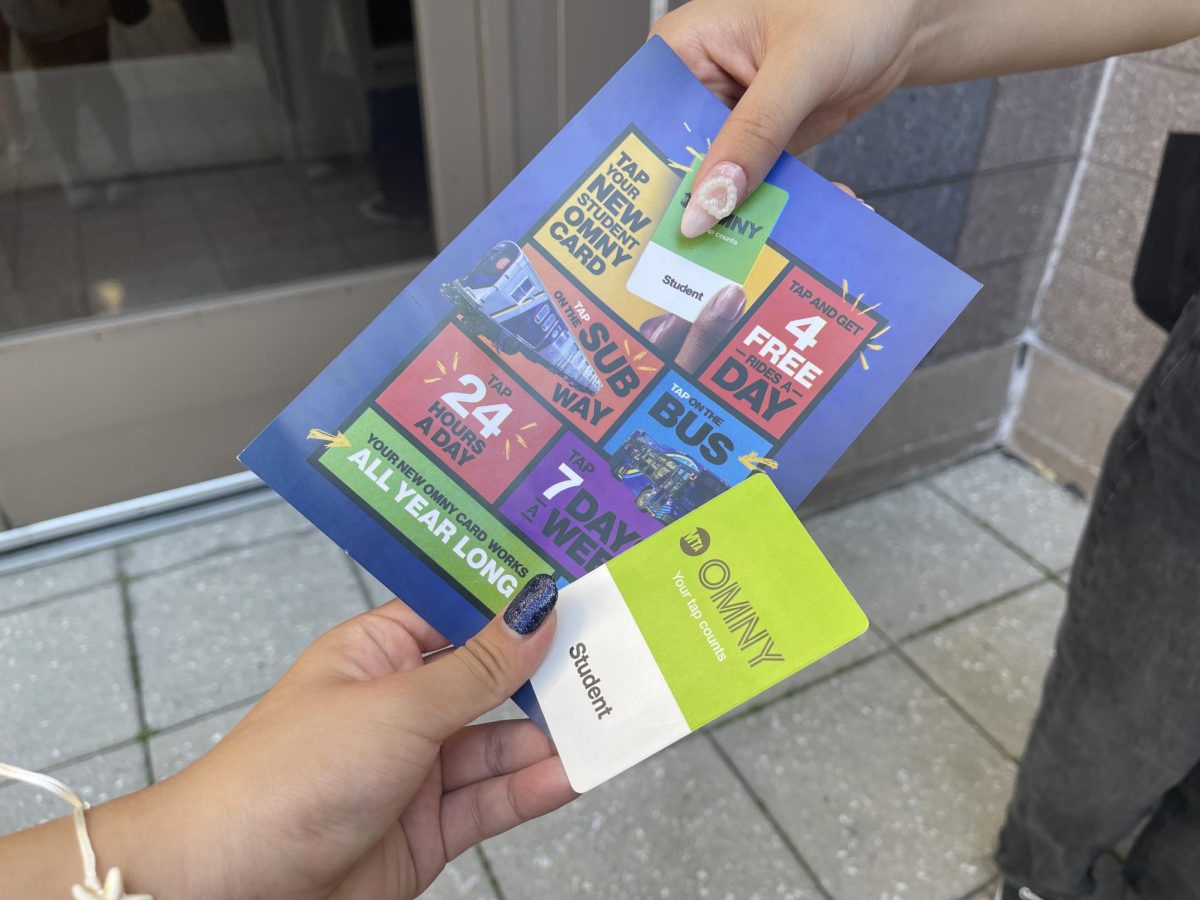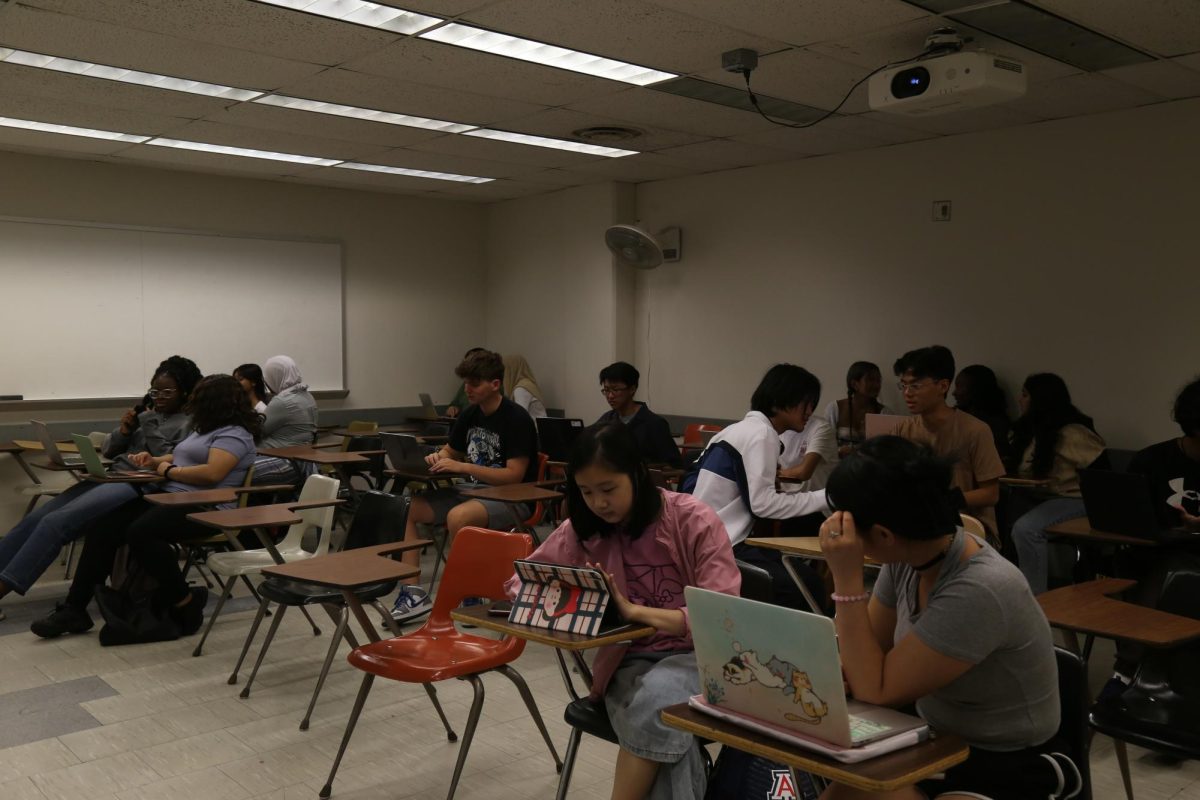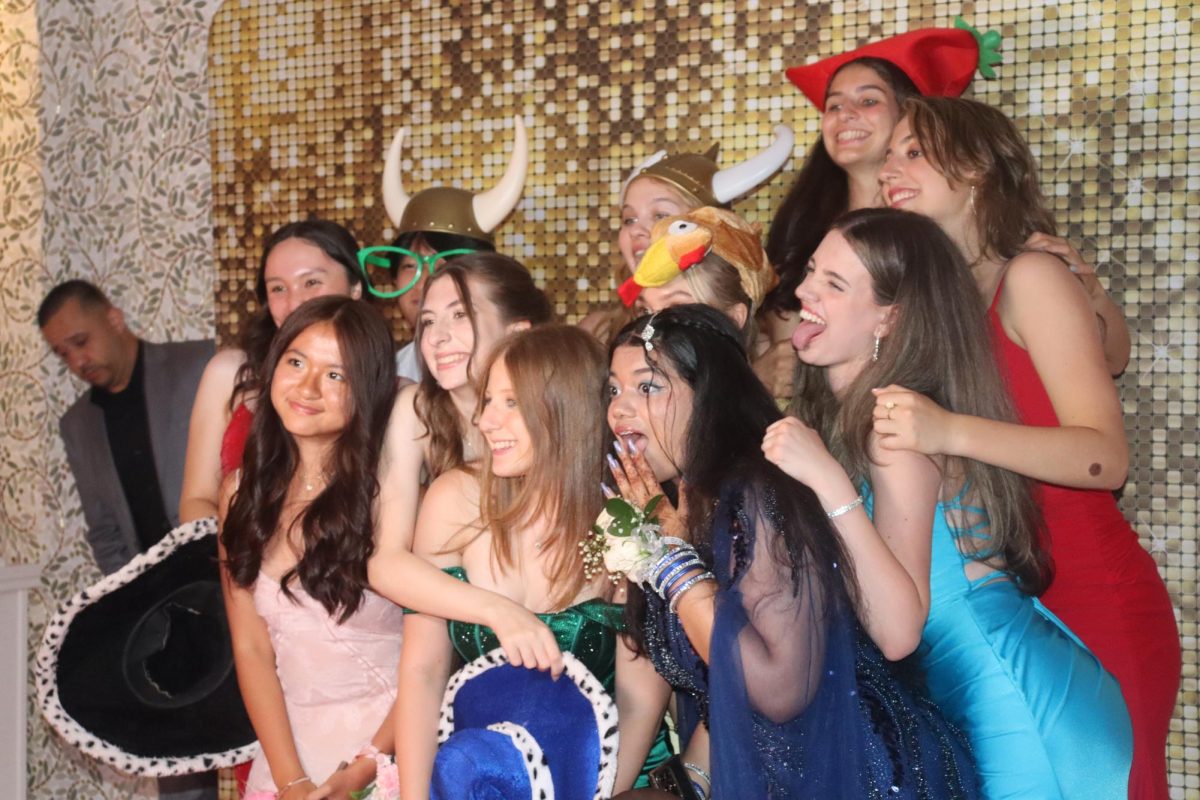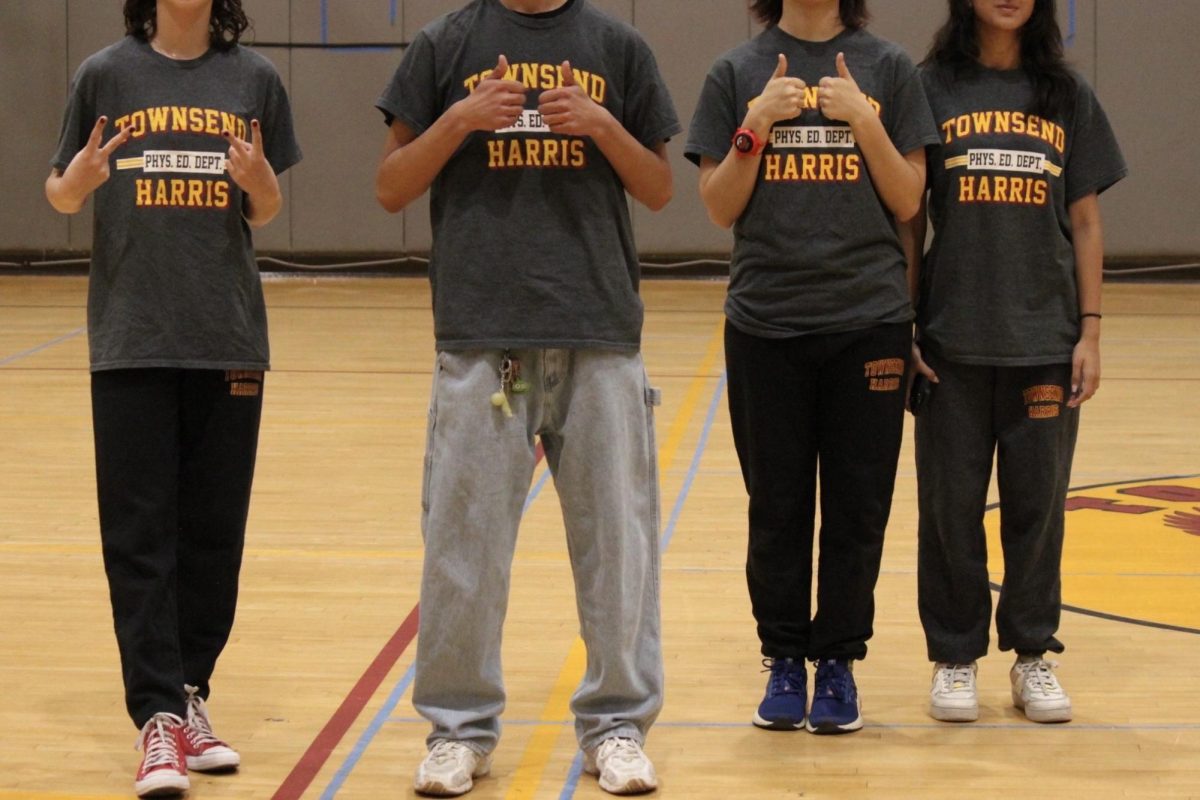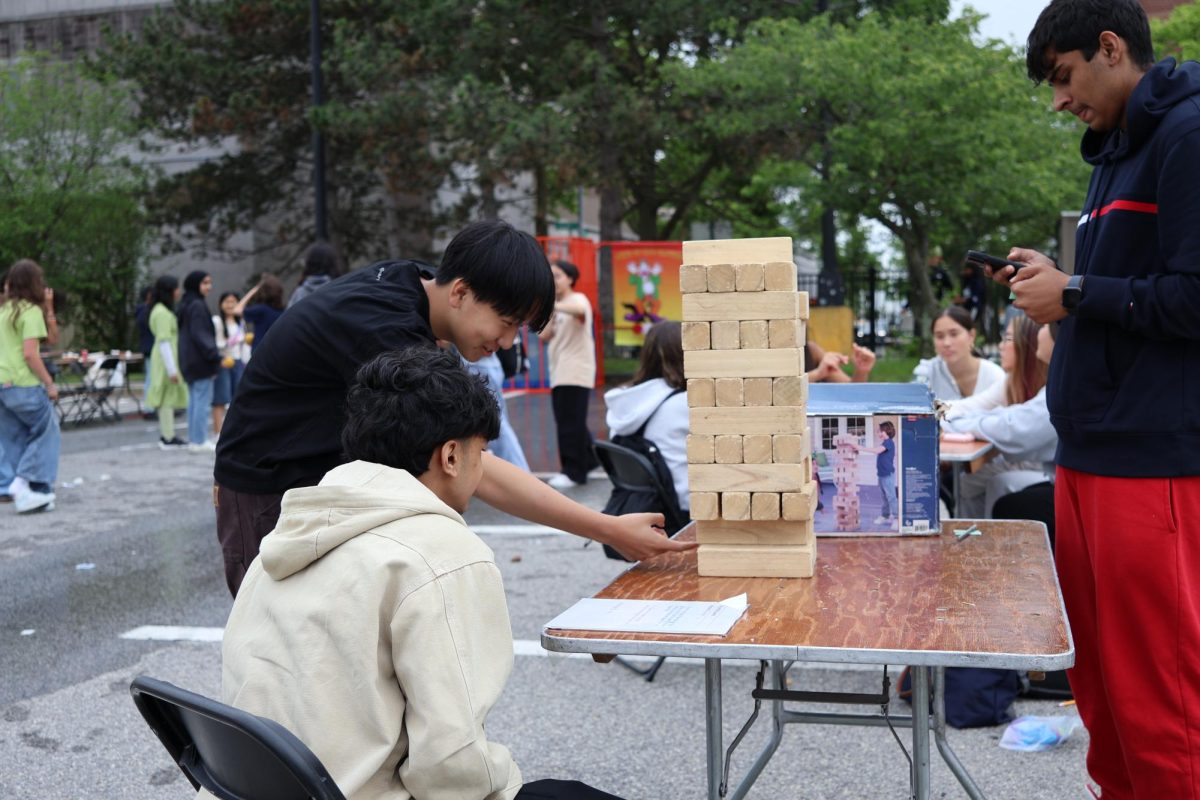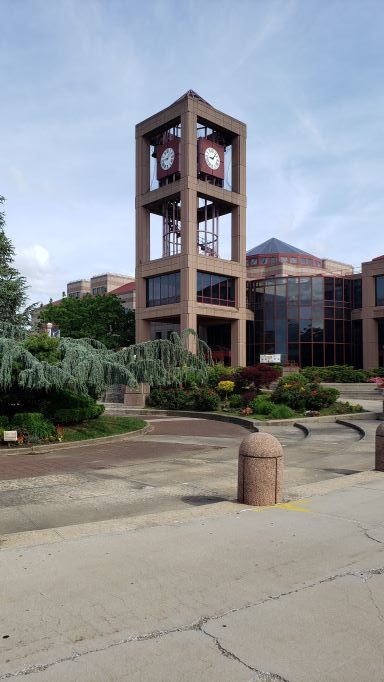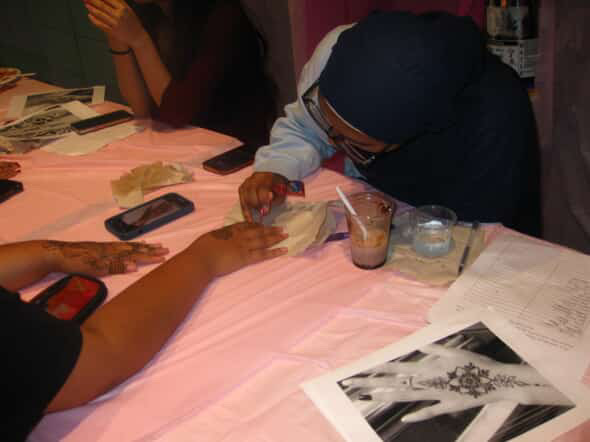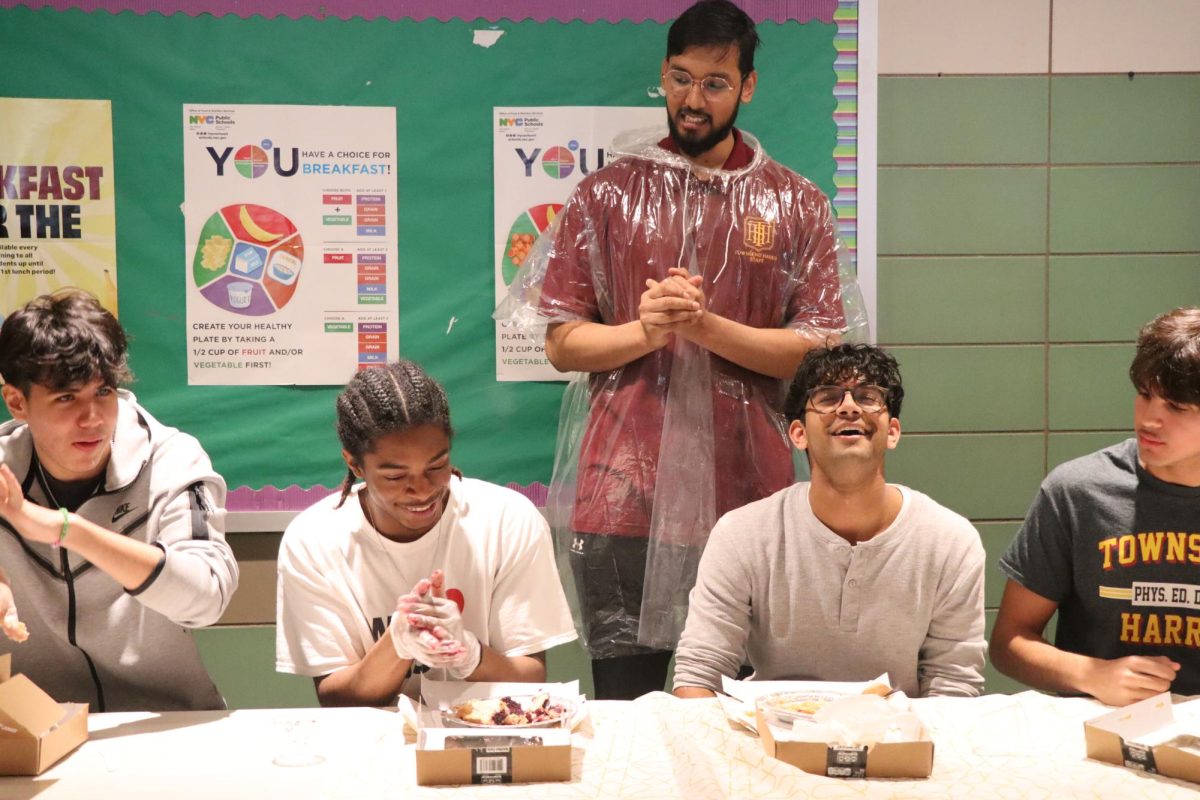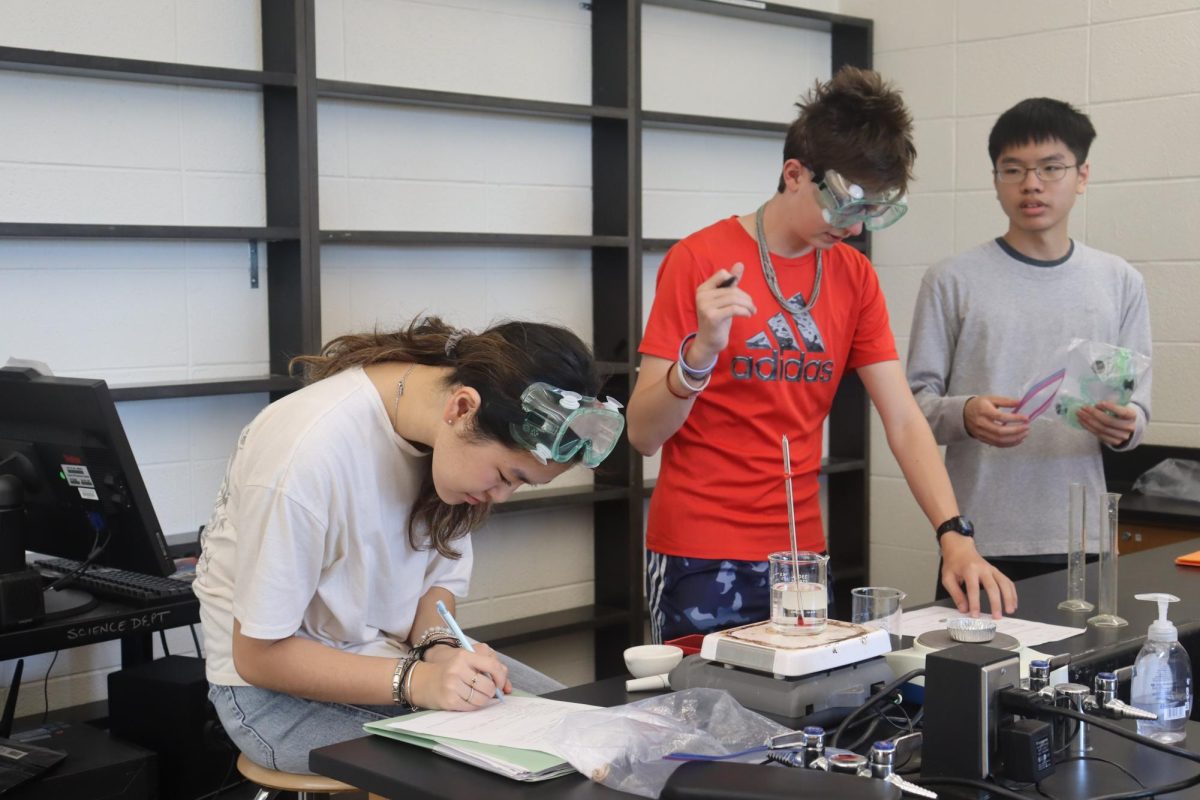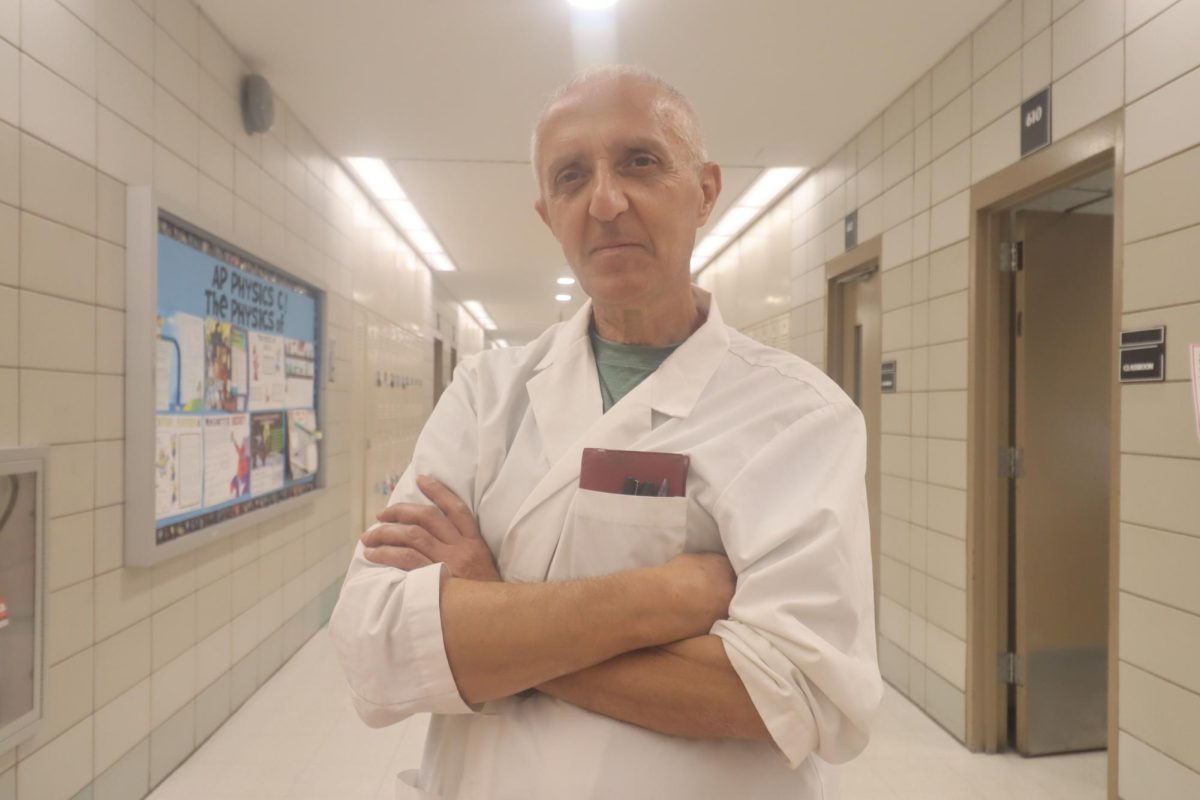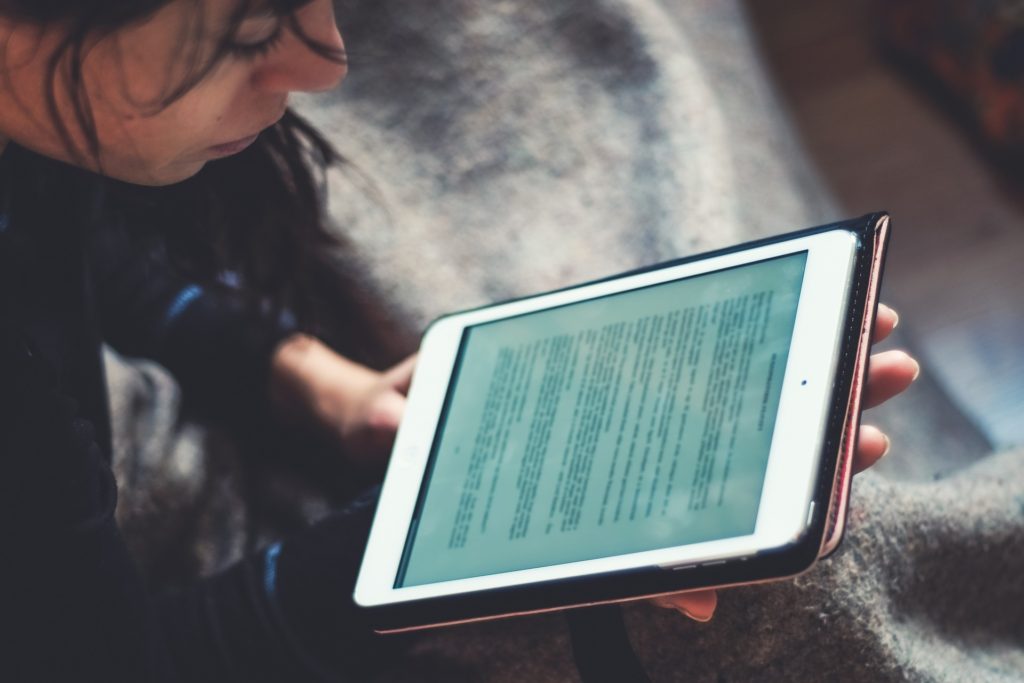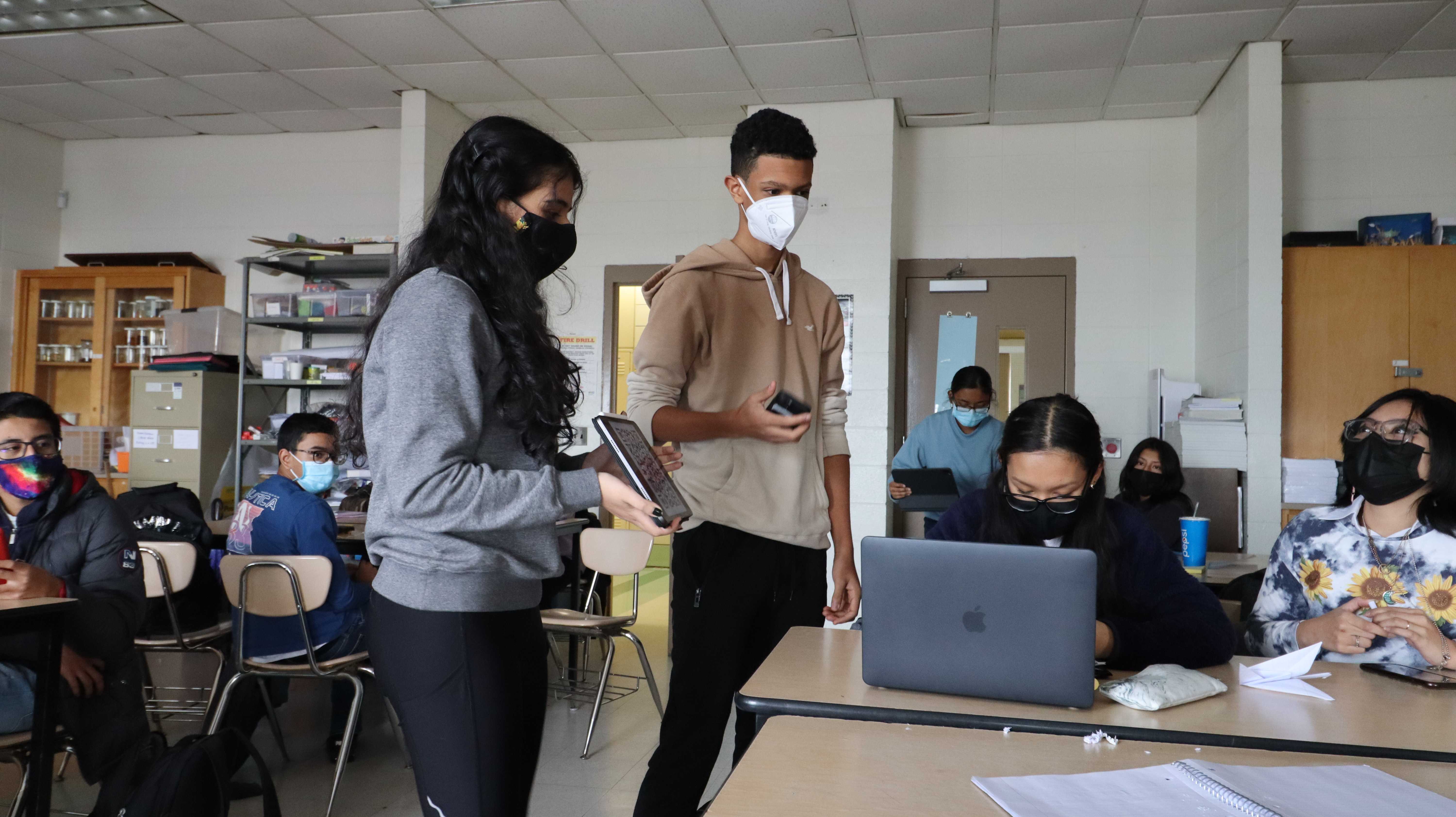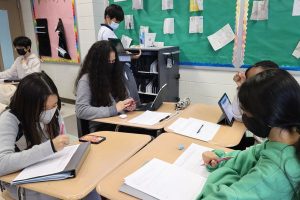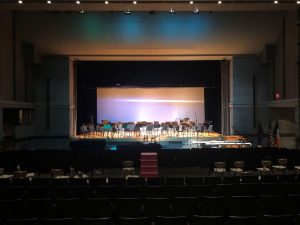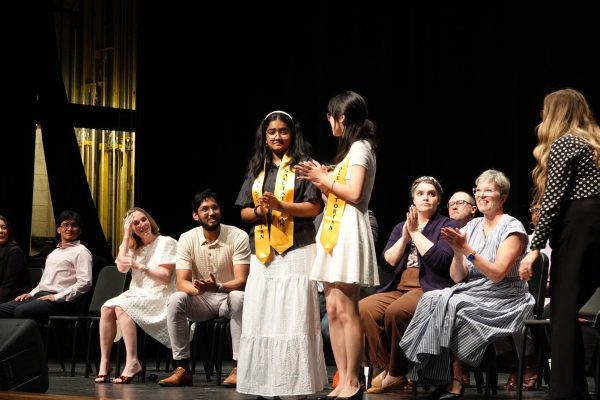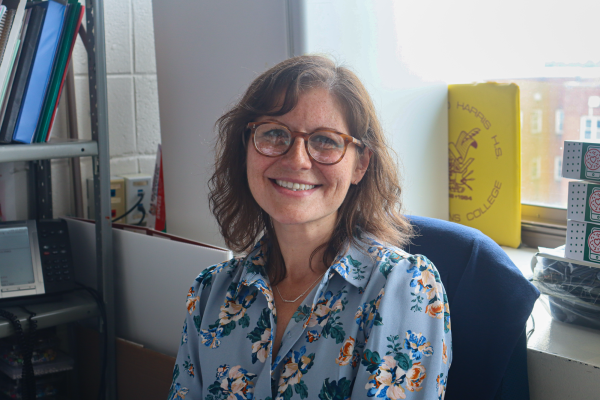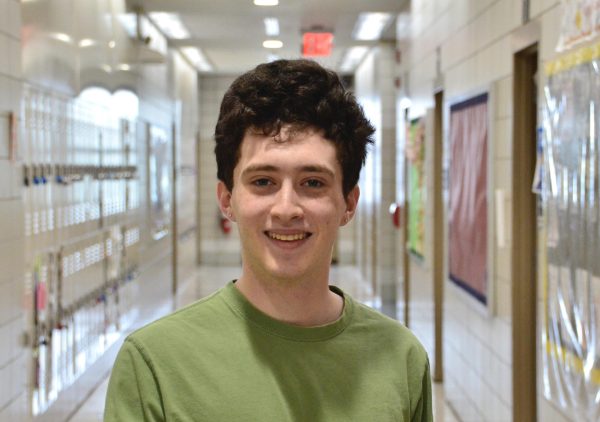Teachers talk remote learning as new normal sets in

To ensure that students continue their studies despite not being in a traditional classroom setting, New York City public school teachers have adapted to remote learning, relying mainly on technology. Following the announcement of school closures in March, Harrisites had a week off from all learning while THHS teachers made necessary preparations and adjustments. Students were also given a survey to ensure that they had the resources necessary to learn at home.
While remote learning has made it possible for students and teachers to stay safe during this pandemic and finish the curriculum, for some, it doesn’t compare to in-person learning. Physical Education teacher Matt Lemanczyk said, “I don’t think it’s fair to compare the two methods of teaching. I think it’s important that we try to maximize our resources and ability to stay healthy and fit. There are things we can control and things we can’t control. If we apply this thinking, we can focus on what we have and not what we don’t have.”
Despite this, teachers have acknowledged the work behind organizing the remote learning module. Mr. Lemanczyk commented, “I’d like to recognize the efforts and hardwork our administration team has been doing. Principal Condon, Ms. Fee, and the entire administration staff have been working around the clock for weeks now to help lead and guide the school through this pandemic.”
Latin teacher Jonathan Owens brought to attention a more positive side of remote learning. While he claimed that he was unable to achieve his usual level of teaching, he added, “I do like the expanded opportunity I have to comment on student work. I can offer advice and clarifications that are specific to each student which can be a great help to them when they get back to the classroom.”
Although Mr. Owens values this opportunity that remote learning provides, he believes that integrity is key: “Such an opportunity is entirely dependent on the student doing their own work. Some students are so afraid to make a mistake, even if they aren’t going to be penalized for that mistake, that they may find answers online or from their friends rather than working through material on their own.”
Art teacher Margherita Wischerth believes that this shift in the environment has definitely affected her teaching. She commented, “Even though the students might have art materials such as pencils, pens, crayons or markers, it has come to mind that there might not be the space available to create art within their current space. So one needs to provide different avenues for the students to indicate their understanding of the lesson concepts than just creating an artwork.”
As a teacher of a visual and hands-on subject, she expressed that remote learning does not give her the option of connecting with her students as she did at school. She stated, “What I would change about the remote learning system would be the ability to conduct a class with all students present within the same space, like the classroom, even though [we’re] using virtual learning platforms with visual and audio components. The physical presence of every individual adds to the atmosphere of learning; this is sorely missed.” Ms. Wischerth added that she’s afraid that some students will miss out on classwork and assignments because of the lack of communication at times.
Math teacher Magdalena Frankowski felt similarly about remote learning, and misses bonding with her students. She said, “I like being in a classroom, I miss my students, our talks, and inside jokes. I like to see the expression on a student’s face when they are finally getting the concept or topic covered. I like to be there to help them when they are confused or struggling.” Ms. Frankowski concluded, “I miss my students and I can’t wait to see them again.”
Your donation will support the student journalists of The Classic. Your contribution will allow us to purchase equipment, support our extracurricular events, celebrate our staff, print the paper periodically, and cover our annual website hosting costs.

